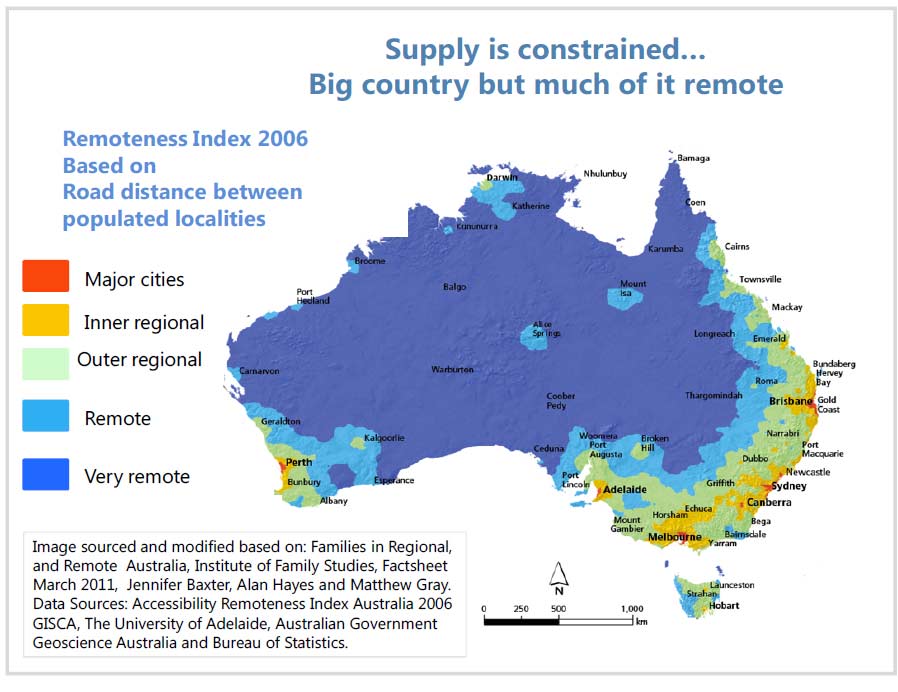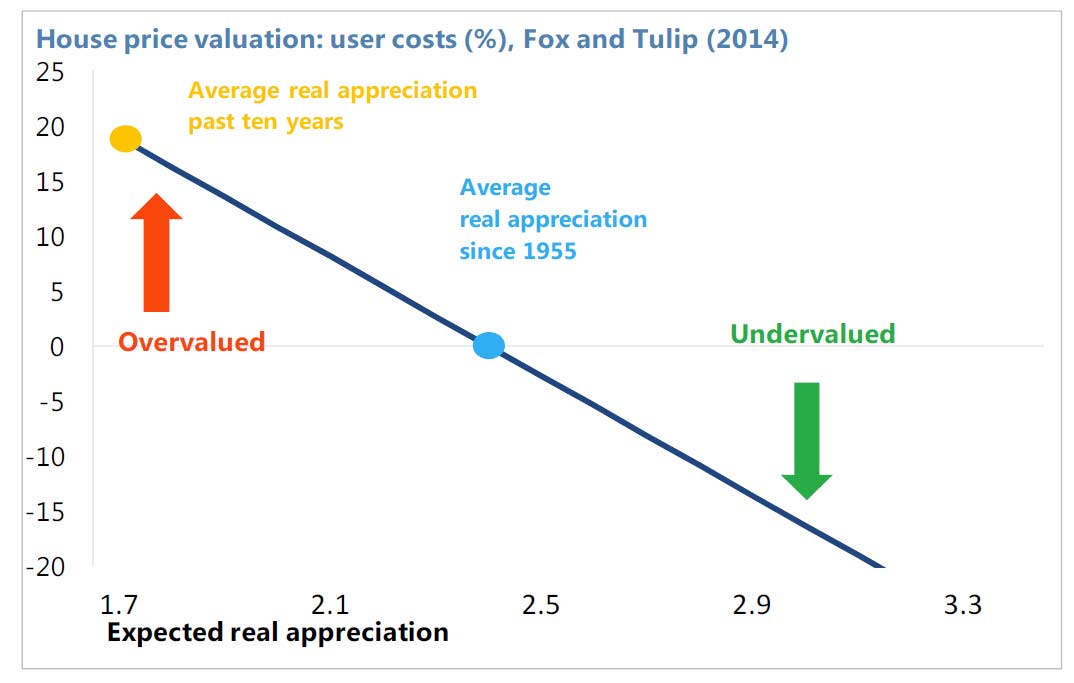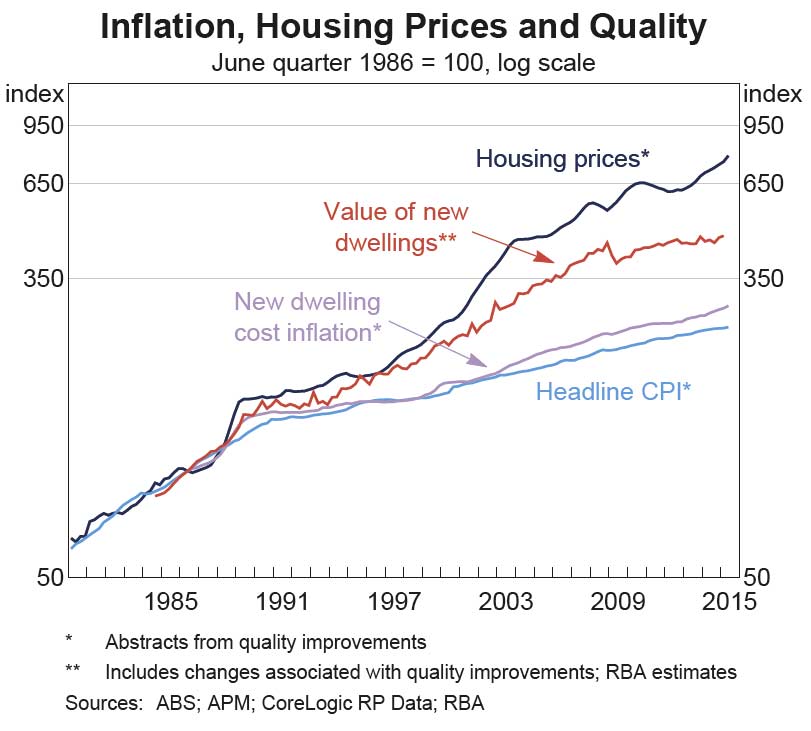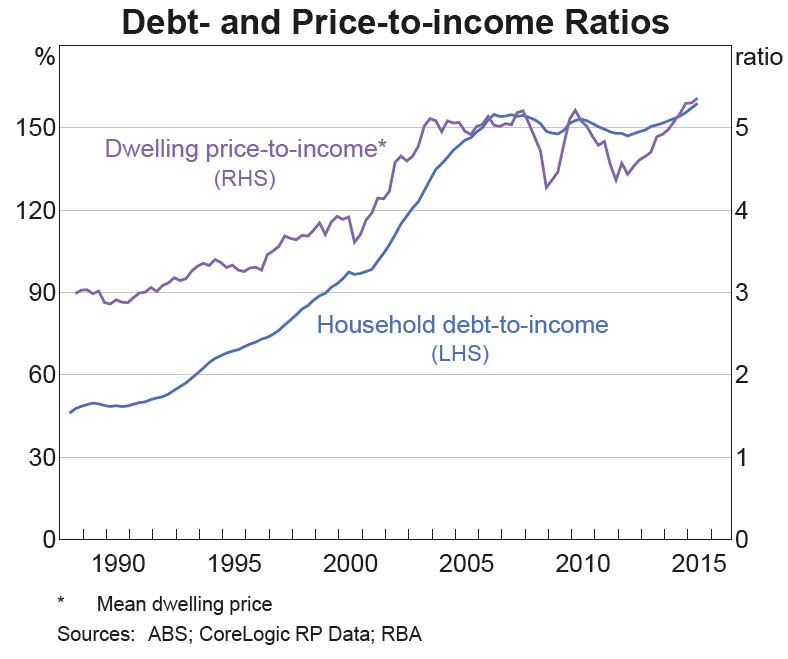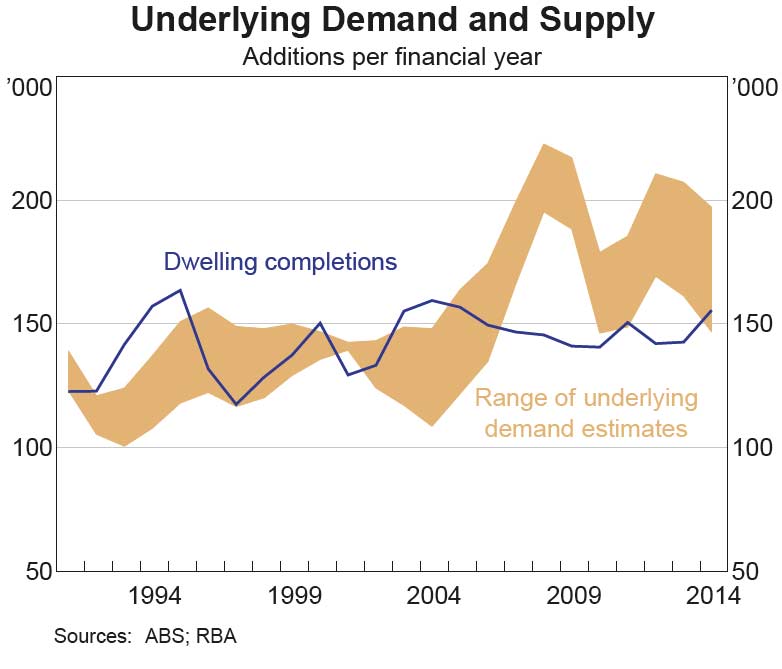The CoreLogic November Home Value Index out today confirmed dwelling values fell across five of the eight capital cities in Australia over the month, taking the combined capitals index 1.5% lower.
According to CoreLogic RP Data head of research Tim Lawless, slower housing market conditions for Sydney and Melbourne became evident earlier in the year and continued throughout November. Over the month, Melbourne values fell by 3.5 per cent, while Sydney values were down 1.4 per cent. Hobart dwelling values dropped by 2.4 per cent, Darwin values were down 1.3 per cent and dwelling values moved 0.5 per cent lower in Canberra. Overall the combined capitals housing index has seen dwelling values drop by 1.5 per cent over November, taking the rolling quarterly rate of change to -0.5 per cent.
Values rose in the remaining three capital cities, with Adelaide showing the highest month-on-month growth rate (0.7 per cent), followed by Brisbane (0.6 per cent) and Perth (0.3 per cent).
Mr Lawless said, “The latest results are now placing downwards pressure on the annual change in dwelling values. The annual rate of growth across the combined capitals index peaked at 11.5 per cent back in April 2014, and has since reduced to 8.7 per cent.”
Sydney maintained the highest annual growth rate at 12.8 per cent, which is down from a peak rate of annual growth of 18.4 per cent in July earlier this year, while Melbourne’s annual growth rate has reduced from a recent peak of 14.2 per cent to 11.8 per cent over the 12 months ending November this year.
The only capital cities where values have declined over the past year are Darwin (-4.2 per cent) and Perth (-4.1 per cent), where weaker economic conditions and a slowdown in population growth contributed to an early peak in housing market conditions in December last year. The equivalent peak in the cycle for Darwin was May 2014. Since that time, Perth values are down a cumulative 5.9 per cent and Darwin values have fallen by a larger 6.8 per cent.
Index results as at November 30, 2015
“The fact that mortgage rates have risen independently of the cash rate has, in all likelihood, become a contributor to the slowdown in housing market conditions, as well as tighter lending practices evidenced by a recent reduction in lender risk appetite for investment loans and high loan to valuation ratio mortgages. Tighter mortgage servicing criteria across the board and affordability constraints in the Sydney and Melbourne markets are also having an impact on market demand.” Mr Lawless said.
As a consequence of the tighter lending environment for investors, as well as gross rental yields being at near record lows, participation in the housing market from investors has reduced from 54.1 per cent of all new mortgages in May 2015 to 45.4 per cent at the end of September, which is the lowest level since July 2013. Data released by APRA at the end of last month showed the pace of investment related housing credit growth fell below the APRA 10 per cent speed limit for the first time since September last year, with the monthly change in investment credit growth the lowest since October 2011.
According to today’s results, the slowdown comes after auction clearance rates have moderated back to the low 60 per cent range since the last week of October, whilst average selling time and vendor discounting rates also continue to rise from their record lows.
The 1.5 per cent decline in capital city dwelling values over the month, coupled with a 0.3 per cent rise in weekly rents, has seen the average gross yield record a subtle improvement over the month. This follows a trend towards lower rental yields which commenced in May 2013. Gross yields remain close to record lows for houses in Melbourne at an average of 3.0 per cent, while Sydney has overtaken Melbourne to show the lowest yield profile across the capital city unit markets, with an average gross rental yield of 4.1 per cent.
Mr Lawless said, “Slower housing market conditions will likely be a topic of conversation when the Reserve Bank board meets today to deliberate on the cash rate setting. A less buoyant housing market is likely to provide the Reserve Bank with a greater degree of flexibility in adjusting interest rates without as much risk of overstimulating the housing market.”
“While the Reserve Bank is likely to welcome a slowdown in the rate of home value appreciation, the overriding objective would be to avoid a significant downturn in the housing market, which would act as a weight on economic growth and potentially impact financial system stability.”
“With the housing market moving through the peak of the cycle at a time when there is a large number of new dwellings commencing construction, there is likely to be a heightened level of settlement risk for off the plan purchases.”
“Those purchasers who have recently purchased off-the-plan may face challenges at the time of settlement if the valuation of the property is lower than the contracted price, or if mortgage finance is less freely available, or on more expensive terms. This would imply that some buyers may have a higher loan to valuation ratio than anticipated, which could require additional funds to bring the LVR down to a level the lender is comfortable with.”
“As a result of slowing housing market conditions, an additional risk for policymakers is where a large number of dwellings approved for construction are postponed or withdrawn as developers face fewer presales or lose confidence in their ability to deliver a profitable project to market,” Mr Lawless said.

